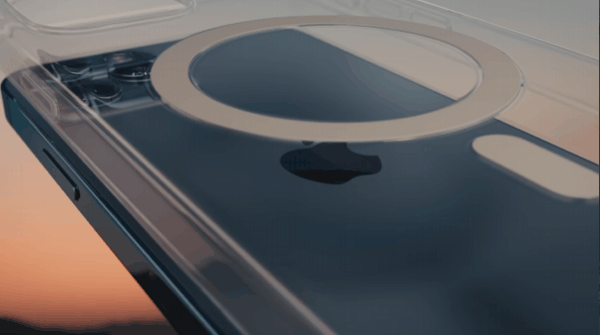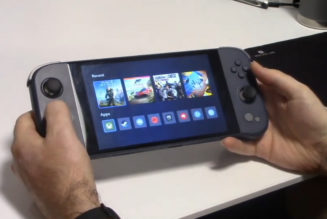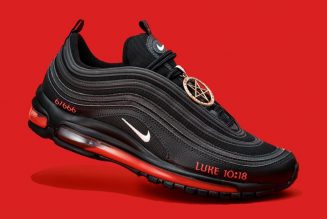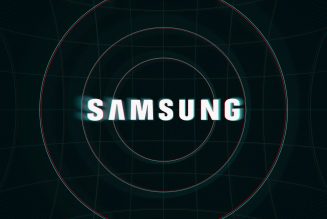One year ago yesterday, I wrote how MagSafe could be the biggest reason to buy an iPhone 12. I believed it, too. It looked like Apple had cracked the code to effortlessly accessorize the iPhone and even add modular new capabilities. The company showed its pricey new MagSafe cases and wallets seemingly snapping into place, plus faster wireless charging. The future looked bright.
But if you became an early adopter like me, you might have wound up disappointed. As Bloomberg’s Mark Gurman points out, two of Apple’s first overpriced MagSafe accessories are already out of date. First, we just learned Friday that Apple’s $129 MagSafe Duo Charger can’t fast-charge an Apple Watch Series 7. Second, Apple has already replaced the $59 MagSafe Leather Wallet with a better version that you supports Find My so your phone can remember where it was when it got removed.
I think Gurman might actually be undercounting, though. The new Leather Wallet with MagSafe also doesn’t support Apple’s $49 Clear Case with MagSafe, so hope you didn’t buy one of those thinking it’d be futureproof — apparently, it blocks the NFC tags that MagSafe accessories like the Wallet use to passively ID themselves to the phone.
And while we’re on the subject of cases, every official iPhone 12 case (and likely the vast majority of third-party ones) are incompatible with the iPhone 13 lineup, because the camera bump got wider this time around. I took advantage of those “free” iPhone offers to upgrade to an iPhone 13 Mini (loving the improved battery life, by the way), and now I have an expensive but useless Clear Case with MagSafe that I’m not sure what to do with.

Those are just the latest disappointments, though. It didn’t take long before iPhone 12 buyers like me discovered that no, Apple’s new cases don’t actually snap into place like they do in the Apple’s animations I showed you last year (see above and below). They still rely on a rim that grasps the edges of your phone and requires pressure to insert and remove.

Several Verge editors have also complained that the $39 MagSafe charging cable doesn’t have a long enough cord to use on the couch or in bed where its quick-detach feature might actually help — but Apple’s still selling the same 1-meter cable a year later. My MagSafe pad now sits unused on a shelf, while I begrudgingly plug in a Lightning cable instead. Meanwhile, both it and the $129 MagSafe Duo still don’t come with charging bricks, even though the previous Apple USB-C chargers you might own (18W and 29W) aren’t good enough to drive them at full speed. They require 20W and 30W chargers, respectively, which Apple sells for $19 or $49 each.
And though it took most of a year for Apple to release its own MagSafe Battery Pack, we were underwhelmed by its capacity in our review. I bought and returned one myself, though not for any of the reasons Dieter laid out. I just couldn’t stand how weak the vertical magnet was even with Apple’s own Clear Case, the pack always twisting in my hand. (Without the case, it made my iPhone 12 Mini uncomfortably warm to hold.)
Every one of these examples speaks to a lack of foresight around MagSafe, and that’s unusual. Foresight is generally one of Apple’s strengths, bringing out new products and technologies only when their time has come. But to me, the real tragedy of MagSafe’s first year is the lack of a larger ecosystem. The entire time we’ve been waiting for Apple to show us what MagSafe is truly capable of, it’s been keeping the rest of the world from getting out ahead — using its MFi program and artificial charging restrictions built into the iPhone.
Combining the Qi wireless charging standard with non-patentable magnets, MagSafe should have been a lightning rod to customization and modularity. So far, Apple has insulated itself — and us — from the possibilities.









